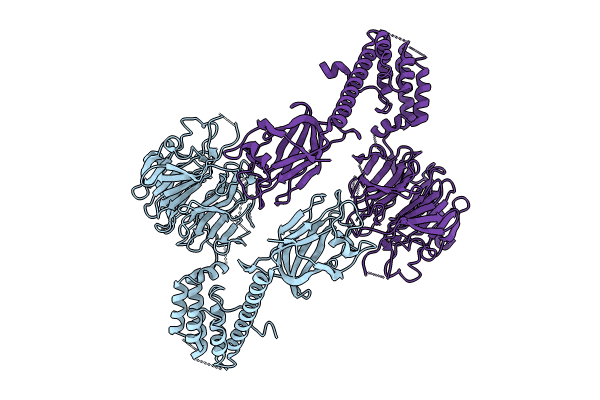
Deposition Date
2023-08-14
Release Date
2024-09-11
Last Version Date
2024-09-11
Entry Detail
PDB ID:
8TTQ
Keywords:
Title:
Cryo-EM structure of the inner MKLN1 dimer from an autoinhibited MKLN1 tetramer
Biological Source:
Source Organism:
Homo sapiens (Taxon ID: 9606)
Host Organism:
Method Details:
Experimental Method:
Resolution:
3.27 Å
Aggregation State:
PARTICLE
Reconstruction Method:
SINGLE PARTICLE


